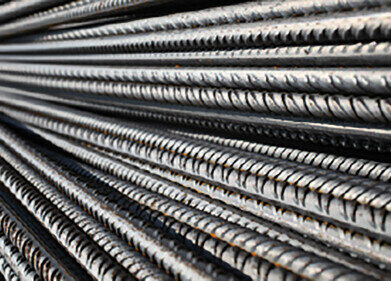Biofuel Industry News
What Are the Characteristics of a Good Lubricant?
Feb 28 2022
Lubricants are the lifeblood of mechanical assets, forming a protective layer between moving parts to minimise friction, maintain productivity and prevent unplanned downtime. Choosing a good lubricant is a critical part of any asset management and maintenance strategy.
So, what are the characteristics of a good lubricant? The answer depends heavily on the application the lubricant is being used for. For example, a jet engine will require a different lubrication strategy to a hydraulic pump system used at an oil refinery. That said, there are some key traits that most high-quality lubricants share.
These include the following:
High boiling point and low freezing point
Lubricants with high boiling points and low freezing points are considered more useful as they’re functional across a wide range of temperatures. These characteristics help them to stay in a liquid state and make them less likely to fail in the face of less-than-ideal operating conditions. For example, overheating caused by a cooling system leak.
High kinematic viscosity index
Kinematic viscosity describes the rate at which the lubricant flows under gravity and is a key parameter used to determine the quality of lubricants. Generally, lubricants with a high viscosity index are more desirable than their counterparts with low viscosity. This is because high viscosity lubricants disperse more easily and can be easily distributed to all moving parts in mechanical system. High viscosity lubricants are usually oil-based and are often enhanced with additives to boost performance.
Demulsibility and hydrophobic properties
Water can drastically compromise the performance of lubricants, preventing them from forming a protective barrier between moving parts. This can lead to issues such as contamination from abrasive wear particles, excessive energy consumption due to increased resistance and overheating caused by friction. Lubricants with good a demulsibility rating can easily release water, which helps prevent H2O contamination.
Oxidation and corrosion resistance
Oxidation and corrosion are two of the biggest threats to mechanical performance. Lubricants with high oxidation and corrosion resistance are coveted by operators as they help prevent these issues, which can compromise performance, shorten the lifespan of assets and result in catastrophic failure.
Good value for money
Cost is a major factor when choosing mechanical lubricants, particularly in the face of economic volatility. A “good” lubricant should meet all advertised parameters and performance promises, as well as offer value for money.
Want to know more about the characteristics of a good lubricant? We cover all bases, and more in ‘A Complete Guide to Lubricants - Types, Quality & Testing’.
Digital Edition
PIN 25.3 June/July
June 2024
Analytical Instrumentation - Recent Advances In Various Bench Scale Accelerated Oxidative Testing Methods For Fuels - Petrochemical Industry: Anton Paar Solutions Streamline Processes, Reduce H...
View all digital editions
Events
Jul 30 2024 Jakarta, Indonesia
Jul 30 2024 Jakarta, Indonesia
China Energy Summit & Exhibition
Jul 31 2024 Beijing, China
Jul 31 2024 Chengdu, China
Aug 05 2024 Moon Township, PA, USA


















